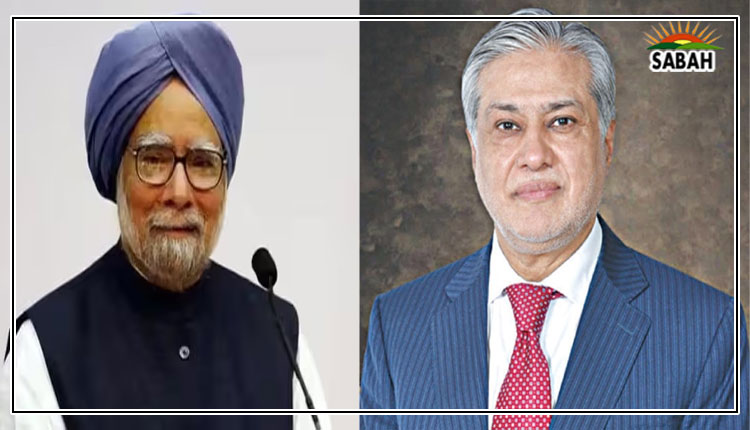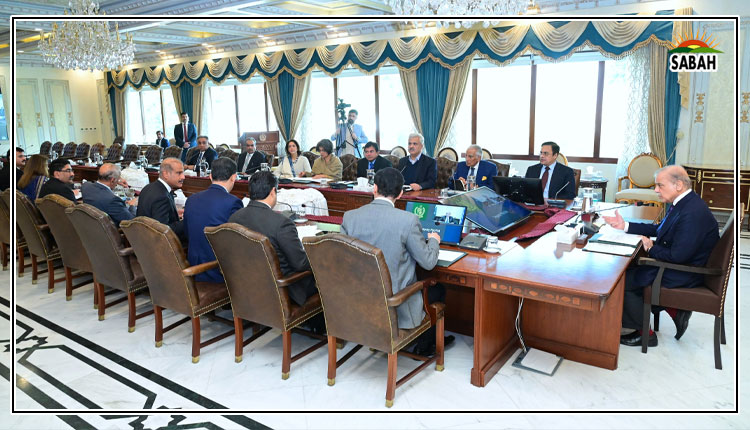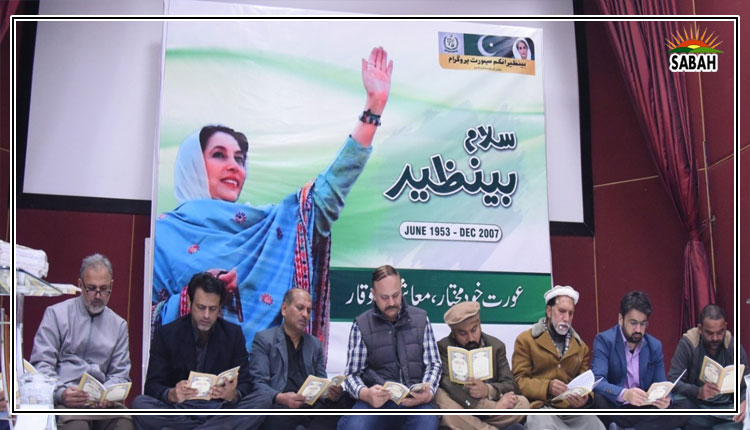Power discipline…Ammar Qaseem
ELECTRICITY demand in the national grid plummeted by 17 per cent in August this year, compared to the same period last year. It is common to attribute the blame to unforeseen circumstances or incorrect forecasting, as is evident in the recent memoirs of former civil servant Salman Faruqui, who attributed the induction of a large number of IPPs in the national grid to incorrect projections of electricity demand by the government in the 1990s. While his account may carry weight, it is high time the government realised that the plummeting demand for electricity is not independent of its own behaviour.
Flawed planning, coupled with erratic policies, has alienated consumers and investors alike, and the recent rise in rooftop net metering is an example of the public’s growing distrust in the government’s ability to provide reliable energy. This comes at a time when the government is planning to add 19.8 GW of additional generation capacity in the grid within the next decade. Without careful reassessment, Pakistan risks burdening itself with unnecessary electricity projects that could impose unsustainable costs for generations to come, a mistake that we have continued to make in the past and are in the process of making yet again.
The government’s planning of generation capacity expansion continues to face credibility challenges despite being regularly conducted within an established regulatory framework. The Integrated Generation Capacity Expansion Plan is a comprehensive document prepared annually by the National Transmission and Despatch Company as per the Grid Code, 2022, and approved by the National Electric Power Regulatory Authority (Nepra). The IGCEP plays a crucial role in the power sector, outlining the specific power plants that will be constructed under least-cost criteria in the next 10 years. The plan notably limits the share of wind and solar technologies to 13 per cent of the total capacity by 2034, in stark violation of the Alternative and Renewable Energy policy, 2019, in which a target of 30pc wind and solar capacity by 2030 was set by the government.
Pakistan risks burdening itself with unnecessary electricity projects.
A critical evaluation carried out by Renewables First and the Policy Research Institute for Equitable Development has further shown that nearly $10 billion can be saved in total system costs if projects that are deemed committed beyond 2027 in the latest IGCEP are re-evaluated on merit. At the same time, this re-evaluation would allow for a higher share of wind and solar technologies in the national grid — as high as 20pc (10 GW) of the total capacity by 2034 in medium-growth scenarios. Committed projects are plants that have not been built or have not entered commercial operation to date, yet their feasibility is not evaluated by the IGCEP, and they bypass the least-cost criteria under the pretext of their advanced status.
It is also important to note that the net metering quantum continues to increase in the national grid and has already crossed 2 GW. If this trend continues, no further capacity additions would be necessary in the national grid. Measures must be taken to improve electricity demand, including incentives for shifting captive load to the grid, augmentation and rehabilitation of the transmission system, and promotion of electric vehicle-friendly policies which can massively increase electricity off-take from the grid. It is also important to give up on mega-scale projects such as Diamer Bhasha and Chashma-5, which are neither needed in the grid, nor fulfil the least-cost criteria.
While it is important to set clear plans, it is also necessary to implement them. Each year, the IGCEP lays down some quantum of wind and solar to be added to the national grid. However, the government has failed to procure a single project of renewable technology through competitive bidding in the past five years. The attempt — twice — to procure 600 MW of solar technology under the fast-track framework failed spectacularly as it did not receive a single bid from investors. This was not hard to foresee, and the government had been warned by experts but their advice went unheeded.
On the contrary, recent auctions by K-Electric received winning bids of four cents and 3.1 cents per unit for solar and hybrid projects, the lowest in our history, and a clear sign that investors would rather do business with the private sector than the government. Perhaps this is also an indication of the sector’s readiness to be opened for competitive bilateral trade of electricity, as envisioned under the Competitive Trading Bilateral Contracts Market, formally approved by Nepra in 2020 but still awaiting operationalisation. Will the policymakers act in a timely and prudent manner? One certainly hopes so.
Courtesy ![]()











